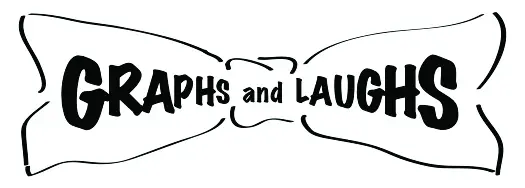70 Words
In July, the federal budget deficit was $211 billion, a 30% Y-o-Y decline. Over the first ten months of FY2022, which ends 9/30/22, receipts are up 24% and spending is down 18%, resulting in a $726 billion deficit, 71% lower…
Read MoreSince Covid-19, the demographic group with the largest percentage point decline in their labor force participation rate is workers with less than a high-school degree with an eight-percentage point fall. Next, with a decline of slightly more than four percentage…
Read MoreThe softer than expected July inflation reading resulted in markets now expecting fewer Fed rate hikes than earlier predictions. As a result, the US dollar had a dreadful week, falling 1% against a trade-weighted index of developed country currencies. At…
Read MoreThe Friday File: When asked about legalizing psychedelics including psilocybin (mushrooms), LSD (acid), and MDMA (ecstasy), westerners, who are most accustomed to legal recreational marijuana, are most likely to be in favor with 34%, 25%, and 24% respectively responding affirmatively.…
Read MoreBefore Covid-19, the cost to ship a 40ft container from Shanghai to the Port of LA had generally been slightly below $2,000. Soon after Covid-19 appeared, shipping costs doubled to $4,000, where they stayed through the first four months of…
Read MoreWhile headline CPI inflation fell from 9.1% Y-o-Y to 8.7% and monthly headline inflation fell from a shockingly high 1.3% in June to 0% in July, contain your enthusiasm. This only suggests inflation has peaked. Y-o-Y core inflation remains at…
Read MoreAmong firms in the S&P 500, information technology had a great run last week and led all sectors, rising 2%. Consumer discretionary and communication services followed, each with a gain of slightly more than 1%. Industrials and utilities were also…
Read MoreWith 528,000 net new jobs, upward revisions to prior months, and employment now slightly above its pre-Covid level, the July jobs report was absolutely gobsmacking. However, the unemployment rate fell from 3.6% to 3.5%, tying a 52-year low, the labor…
Read MoreThe Friday File: Earlier this week, reliever Eric Chavez was traded, making it the 10th time he has changed uniforms in the major leagues, thus making him the most traded player in baseball history. Former pitcher Dick Littlefield is next…
Read MoreWhile the anticipated Inflation Reduction Act of 2022 might do great things for the environment, healthcare, and the deficit, it’s unlikely to much help inflation, and any benefit is likely to be years out. It’s because the overall spending and…
Read More